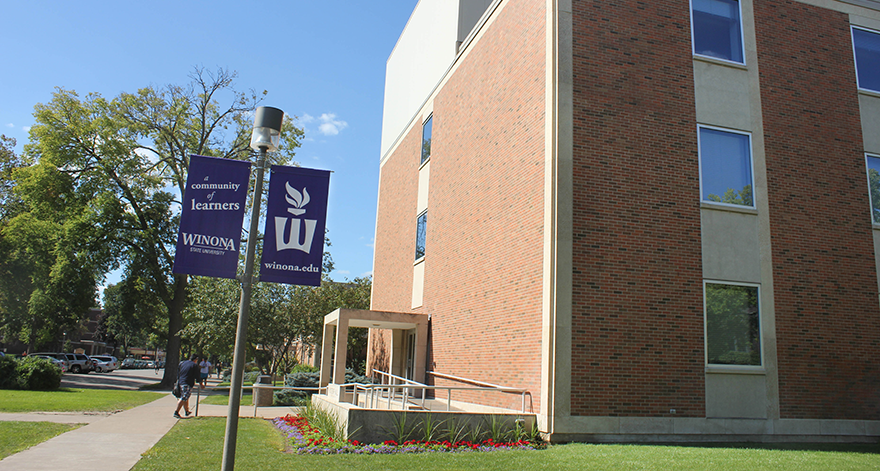
Peer Comparisons
Comparative data from peer institutions illustrates the university's success in providing a quality academic environment and appropriate student services. The following links offer various ways to compare institutions.
Integrated Postsecondary Data System (IPEDS)
The Integrated Postsecondary Education Data System (IPEDS) is the core data collection program for the National Center for Educational Statistics (NCES). The system is designed to encompass all institutions and educational organizations providing postsecondary education. It collects data on student enrollments, program completions, graduate rates, faculty and staff, finances, institutional prices, and student financial aid.
This data is made available to students and parents through the College Navigator web site. In addition, the IPEDS Data Center allows comparisons between institutions based on the data available from the latest IPEDS data collection year. Individuals that need access to more data should use the Peer Analysis System.
Federal Student Aid Data Center
The Federal Student Aid Data Center is a centralized source for information relating to the federal financial assistance programs. The information in the Data Center is divided into three categories, Student Aid Data, School Data, and Federal Family Educational Loan Program Lender and Guaranty Agency Reports.
Voluntary System of Accountability (VSA)
Voluntary System of Accountability is an initiative developed by the American Association of State Colleges and Universities (AASCU) and the Association of Public and Land-grant Universities (APLU) to demonstrate accountability and stewardship of the higher education community.
The VSA supports institutions by measuring educational outcomes and facilitating strategic improvement efforts. They provide information to the public, particularly during the college search process through a web reporting template called College Portrait.
Student Achievement Measure (SAM)
“The Student Achievement Measure (SAM) tracks student movement across post secondary institutions. This provides a complete picture of undergraduate student progress and completion within the higher education system. SAM is an alternative to the federal graduation rate, which is limited to tracking the completion of first-time, full-time students at one institution.
To learn more about the Student Achievement Measure, visit the SAM website.
Minnesota Office of Higher Education
The Minnesota Office of Higher Education (OHE) is a cabinet-level state agency that provides students with financial aid programs and information on postsecondary education. The agency serves as the state's clearinghouse for data. OHE provides research and analysis on postsecondary enrollment, financial aid, finance and trends.
For more information about the Minnesota Office of Higher Education visit the OHE website.
MN State Colleges and Universities Annual Instructional Cost Study
The annual Instructional Cost Study examines an institution's general fund operating expenditures. This includes chargebacks but not federal, state and private grant funds or auxiliary enterprises or calculations of the cost per student for programs and courses at the institution.
On the Minnesota State Instructional Cost Study website, select the appropriate link to view reports by fiscal year.
MN Department of Employment and Economic Development Data Tools
The MNDEED site offers data tools for employment and wages, employment projections and openings, unemployment, and living and working in Minnesota.
U.S. Census Bureau
In particular, the census site on education provides national and state data on educational attainment.

